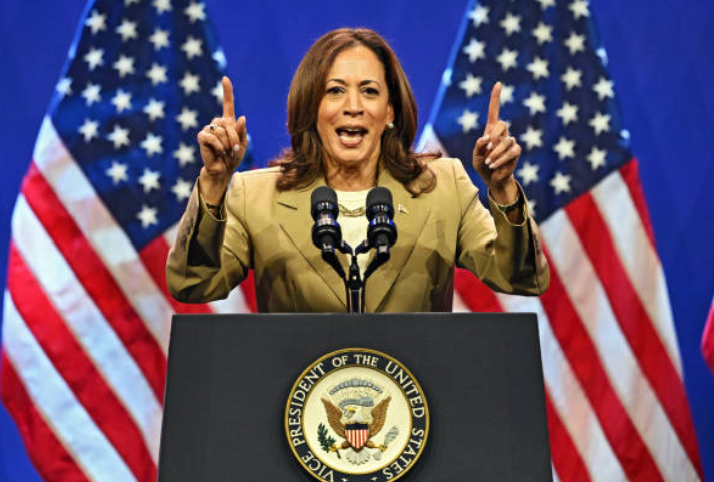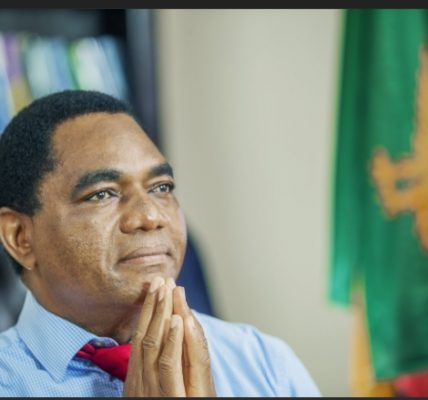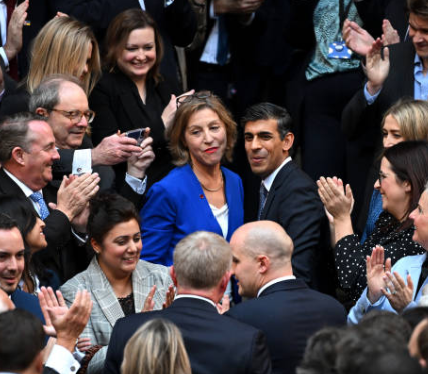Swing states will decide the outcome of the 2024 U.S. presidential election. New polls released this weekend in the United States show Kamala Harris leading against Donald Trump in three key states (Wisconsin, Pennsylvania, and Michigan), reversing the trend of recent months. This shift comes at a time when the Republican campaign is struggling, while the Democrats are gaining new momentum.
In my previous article, “The Winners Take It All: Harris vs Trump” I noted that Kamala Harris was still trailing behind Trump in the polls. However, since then, the situation has evolved significantly.
According to the most recent polls, conducted by the New York Times and Siena College, Vice President Kamala Harris is leading her Republican rival for the November election, with 50% of the vote intentions compared to 46% in both Michigan, Pennsylvania, and Wisconsin, three important states in the Midwest. Due to the American electoral system, the U.S. presidential election is typically decided in a few key states that can bend either right or left, among the 50 that make up the country.
Trump underestimated?
In a statement, the Republican candidate’s campaign team questioned the reliability of these polls, claiming they were published “with the clear intention and purpose of reducing support for President Trump.” Polls had underestimated the support Donald Trump received in 2016. Additionally, Kamala Harris’s lead falls within the average margin of error for these polls, which is 4.5 points.
It’s true that during the 2016 elections, many were confident that Hillary Clinton would win, but the polls turned out to be incorrect, underestimating the level of support for Donald Trump. This historical context is part of why Trump’s campaign is skeptical of current polls, especially when the results fall within the margin of error. It serves as a reminder that while polls can provide insight, they aren’t always predictive of the outcome.
The Announcement
The announcement on Tuesday of Minnesota Governor Tim Walz as Kamala Harris’s running mate also appears to have galvanized the Democrats. Before Joe Biden, 81, withdrew from the race, Donald Trump, 78, was considered the frontrunner, especially after surviving an assassination attempt and his triumph at the Republican convention in July. Kamala Harris, 59, entering the race has shaken up the Republican campaign, which had been heavily focused on Biden’s age and widespread concerns about his physical and mental capabilities.
Trump, who had been prepared to face Biden until the announcement of his withdrawal, appears to have been caught off guard and unprepared to contend with Kamala Harris.
Since then, neither Donald Trump’s attacks on Kamala Harris’s background nor the controversies sparked by past statements from his running mate, J.D. Vance, have succeeded in truly reviving the Republican campaign. However, observers caution that Democrats should be wary of becoming overly optimistic, as Donald Trump remains generally favored in national polls.
Youth & Climate Change, the key to this election?
Climate change has occupied a significant role in Kamala Harris’s success as the Democratic nominee. Environmental groups and climate activists have rallied around her, endorsing her candidacy and seeing her as a strong ally in the fight against climate change. Harris’s record on environmental issues spans over two decades, beginning with her establishment of one of the first environmental justice units as San Francisco district attorney in 2005. Her choice of Tim Walz, who signed a law requiring all Minnesota power plants to use 100% climate-friendly energy by 2040, as her running mate, has further strengthened her appeal. This support has energized young voters and climate-focused groups, contributing to a surge of endorsements and campaign donations, including an unprecedented $200 million in just her first week as the nominee.
Just a promise?
While Kamala Harris’s strong stance on climate change has garnered significant support from environmental groups and young voters, we believe it is important to question whether her interest in the issue a genuine commitment or a strategic move is to win the election. Given the increasing importance of climate change in the political discourse, particularly among younger demographics, it’s possible that her focus on this issue is partly designed to attract these crucial voters. However, Harris’s long history of environmental advocacy, including her actions as San Francisco district attorney and California attorney general, suggests that her commitment to climate issues may be more than just a campaign strategy. Whether this emphasis will translate into concrete policies if elected remains a key question for both her supporters and skeptics.
Good old Economy:
Economic concerns, particularly inflation, job security, and energy costs, are at the forefront of voters’ minds in the 2024 election. Harris’s environmental policies, while popular among climate activists, could be seen as a double-edged sword. On one hand, they promise a transition to a more sustainable economy; on the other hand, they may raise fears about job losses in traditional energy sectors and increased costs for consumers. The Republican campaign is likely to highlight these concerns, arguing that Harris’s policies could harm economic growth and stability, particularly in battleground states that rely on industries like oil, gas, and manufacturing.
Set-back from her Commitments:
Beyond climate change, other social issues such as healthcare, education, and social justice are likely to play a significant role in the election. Harris’s progressive stance on these issues may energize the Democratic base but could also polarize swing voters who are more moderate or conservative. For example, her support for the Green New Deal and healthcare reforms could be seen as too radical by some, while others may view them as necessary steps to address systemic problems. How these issues are framed and debated in the coming months will be critical in shaping voter perceptions.
Foreign policy is another area where the candidates differ significantly. Harris’s experience as Vice President, particularly in navigating international relations and climate diplomacy, could be an asset. However, Trump’s strong stance on issues like trade, immigration, and national security may appeal to voters who prioritize a more assertive foreign policy. Any significant international events leading up to the election could sway voters, making foreign policy a potential wildcard in the race.
To counter Harris’s momentum, the Republican campaign may focus on traditional strongholds such as economic management, national security, and conservative values. They could also intensify efforts to question Harris’s track record, particularly on issues where she has shifted positions, such as her stance on fracking. Additionally, the grand old party (the Republicans) might try to boost voter turnout among their base through targeted messaging that emphasizes Trump’s experience and contrasts it with Harris’s relative inexperience at the national level.
The 3 states hijacking the election:
Swing voters in key states like Wisconsin, Pennsylvania, and Michigan will be crucial in deciding the election. Both campaigns are heavily focused on appealing to these voters, who often have the power to tip the balance. Harris’s focus on climate change and social issues may resonate with some swing voters, particularly younger ones, but it could also alienate others who are more concerned with economic issues or who are skeptical of progressive policies. The Republican campaign, on the other hand, might try to capitalize on concerns about economic stability and energy costs to win over these undecided voters.
A long way to go:
As the 2024 U.S. presidential election draws closer, the race remains highly competitive, with both Kamala Harris and Donald Trump facing significant challenges. The outcome will likely hinge on the decisions of swing voters in key battleground states, the effectiveness of campaign strategies, and the impact of economic and social issues on voter preferences. While Harris has managed to close the gap and generate momentum, the question of whether this will be enough to secure a victory remains open. The next few months will be critical in determining the direction of the race and the future of the United States.






